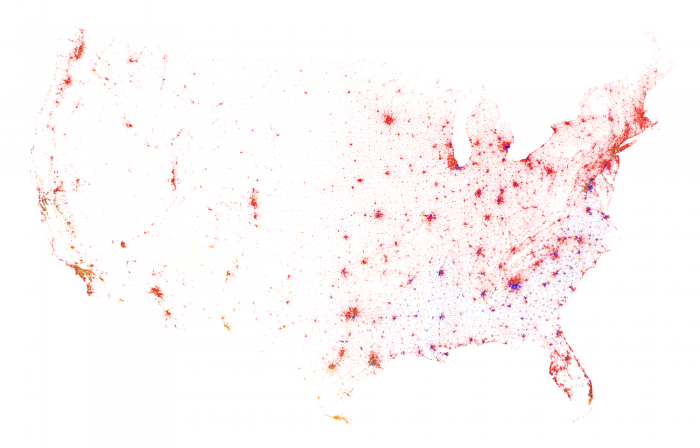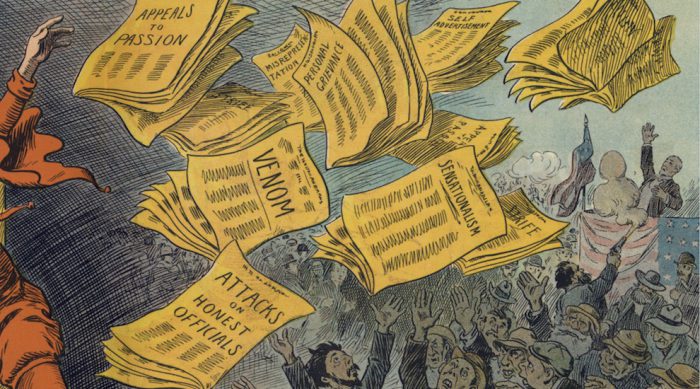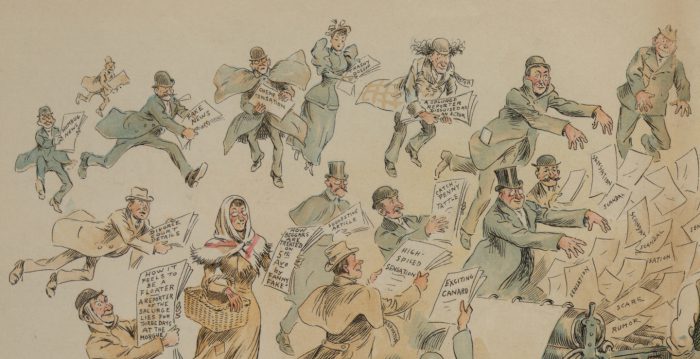“Instead of thinking about platform companies as the next generation of newspapers, radio stations, or TV channels, we should see them as entirely new entities that shapeshift constantly. Sometimes they are like cities, newsrooms, post offices, libraries, or utilities — but they are always like advertising firms.”








